New Year woodblock exhibition at the Capital Museum explores past and present, Fang Aiqing reports.
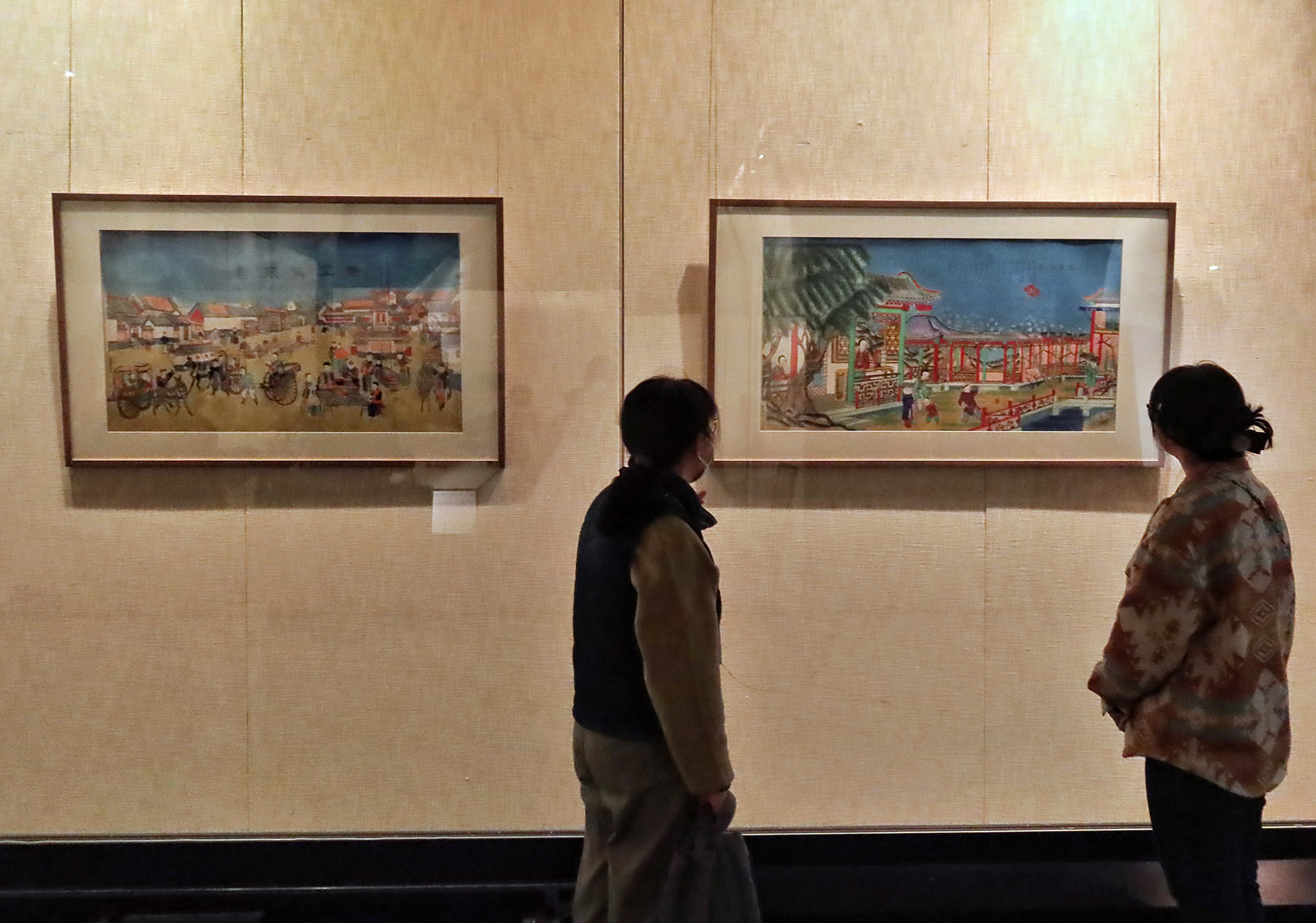
Ancient and modern woodblock New Year prints produced in Beijing, Tianjin and Hebei province are on display at Splendid Beginnings on Woodblocks, an exhibition that opened at the Capital Museum in Beijing on Jan 24. It will run through to April 24.
Woodblock printing dates back more than a millennium in China. For Spring Festival, New Year pictures were traditionally pasted on doors to ward off evil spirits and pray for safety and good fortune.
In the late Ming Dynasty (1368-1644), Beijing, Tianjin and Hebei province became an important production area for these prints, and for centuries the auspicious images created in the region illustrated a diversity of themes and local features, according to Sun Ke, curator of the exhibition.
READ MORE: Woodblock prints add to holiday's traditional flavor
Co-organized by the Capital Museum, the Tianjin Museum, and the Hebei Museum, as well as the museum for New Year woodblock prints in Wuqiang county, Hebei's Hengshui, more than 120 sets of images produced since the Qing Dynasty (1644-1911) are on display.
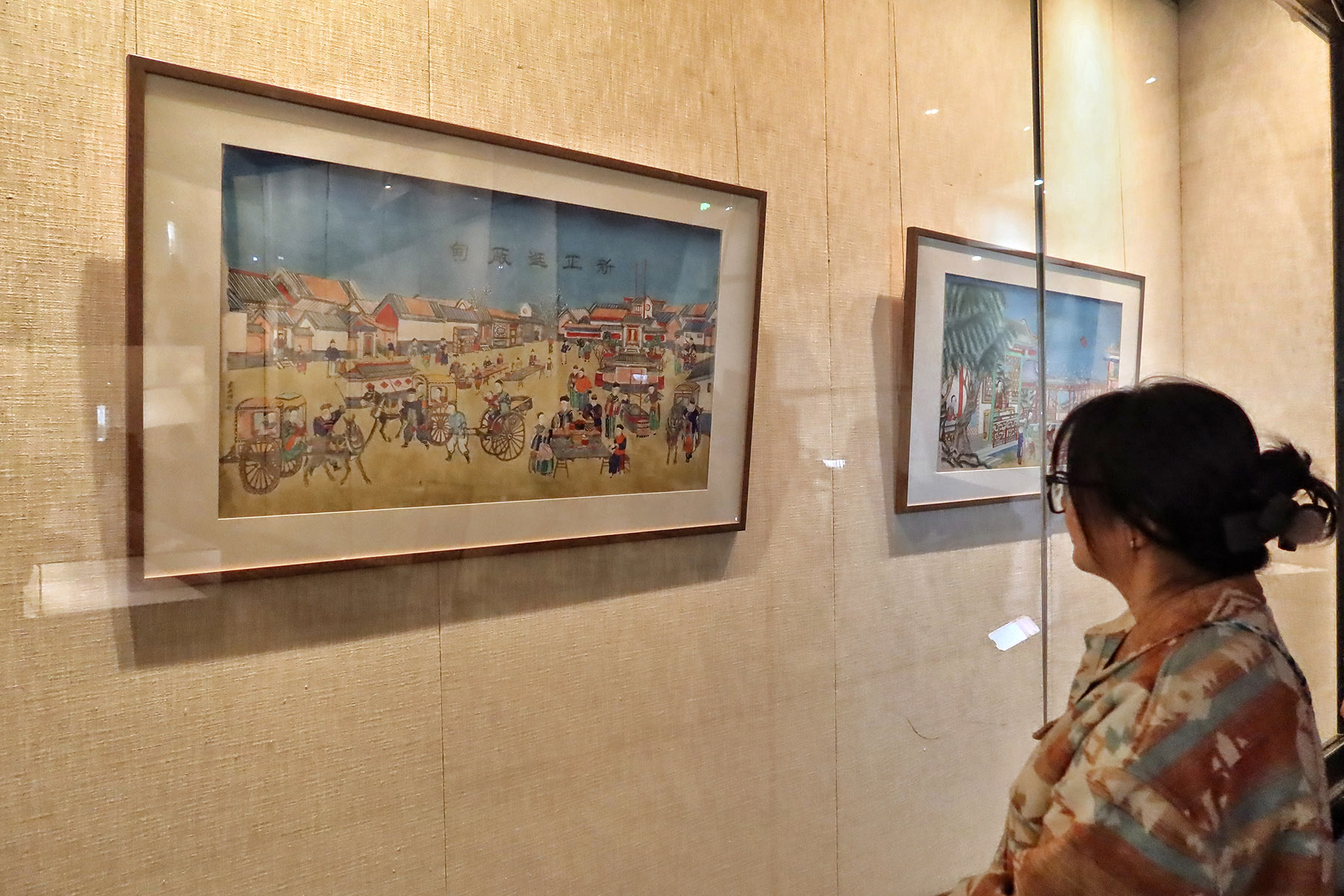
Highlights include a pair of prints from the collection of the National Library of China that feature door gods Shenshu and Yulyu, imposing figures and clad in armor, both of whom hold a golden hammer on which their names are inscribed.
Shenshu has a kind face, whereas Yulyu is fierce, his eyes wide open. They are depicted in a simple and robust style of firm lines and heavy colors — mostly bright red, yellow and green — and according to Sun, exemplify the typical Beijing style of door-god paintings.
Another image is of a bustling Spring Festival temple fair in Qing Dynasty Beijing, which captures the architecture style and urban life of the capital at the time, with crowds lingering at stalls, strolling around, and riding in carriages or rickshaws.
Yangliuqing New Year prints from Tianjin's Yangliuqing town are quite different in temperament. In one, a well-dressed woman with a long pipe in hand sits beside a short-legged table, on which there is a red vase of plum blossoms.
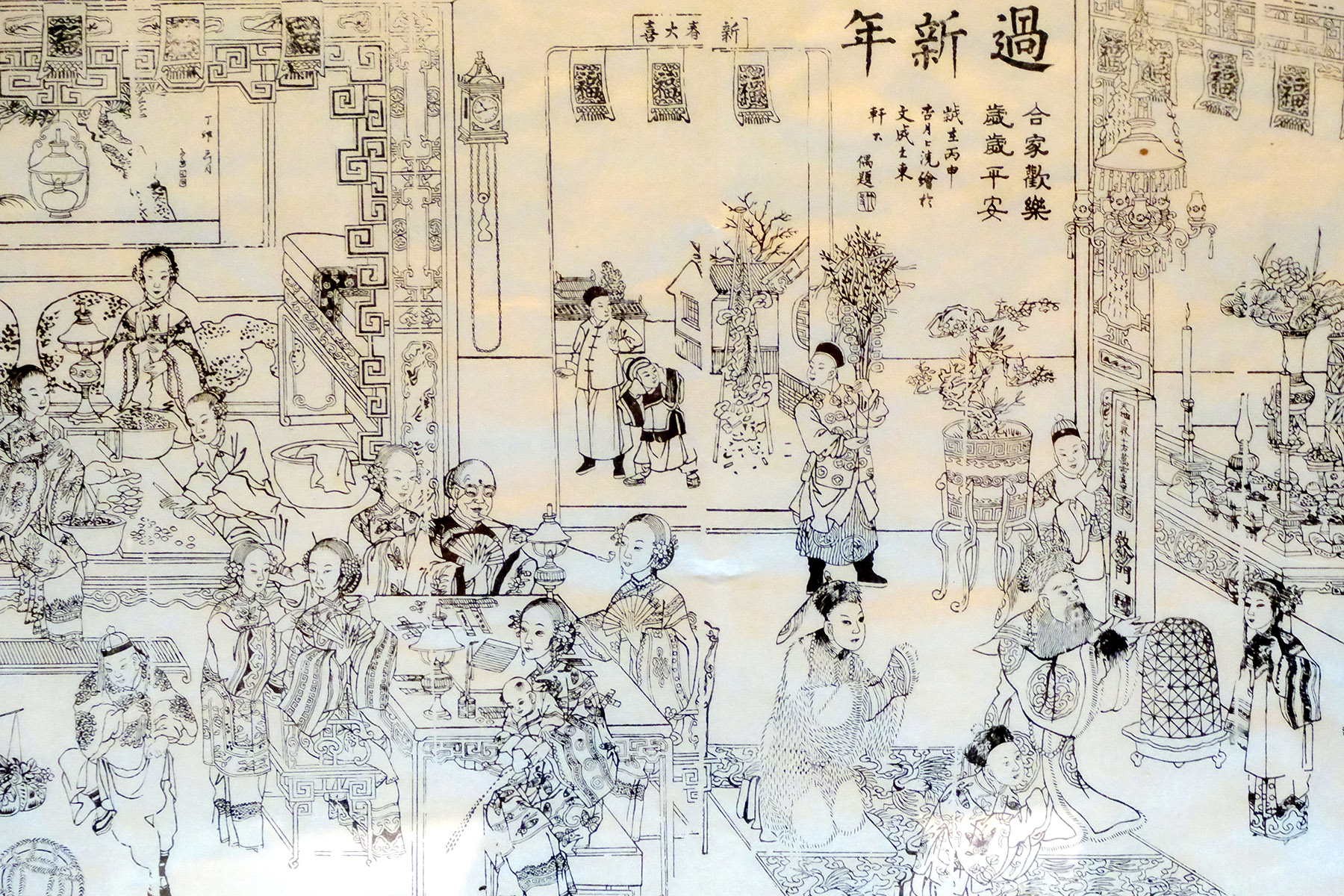
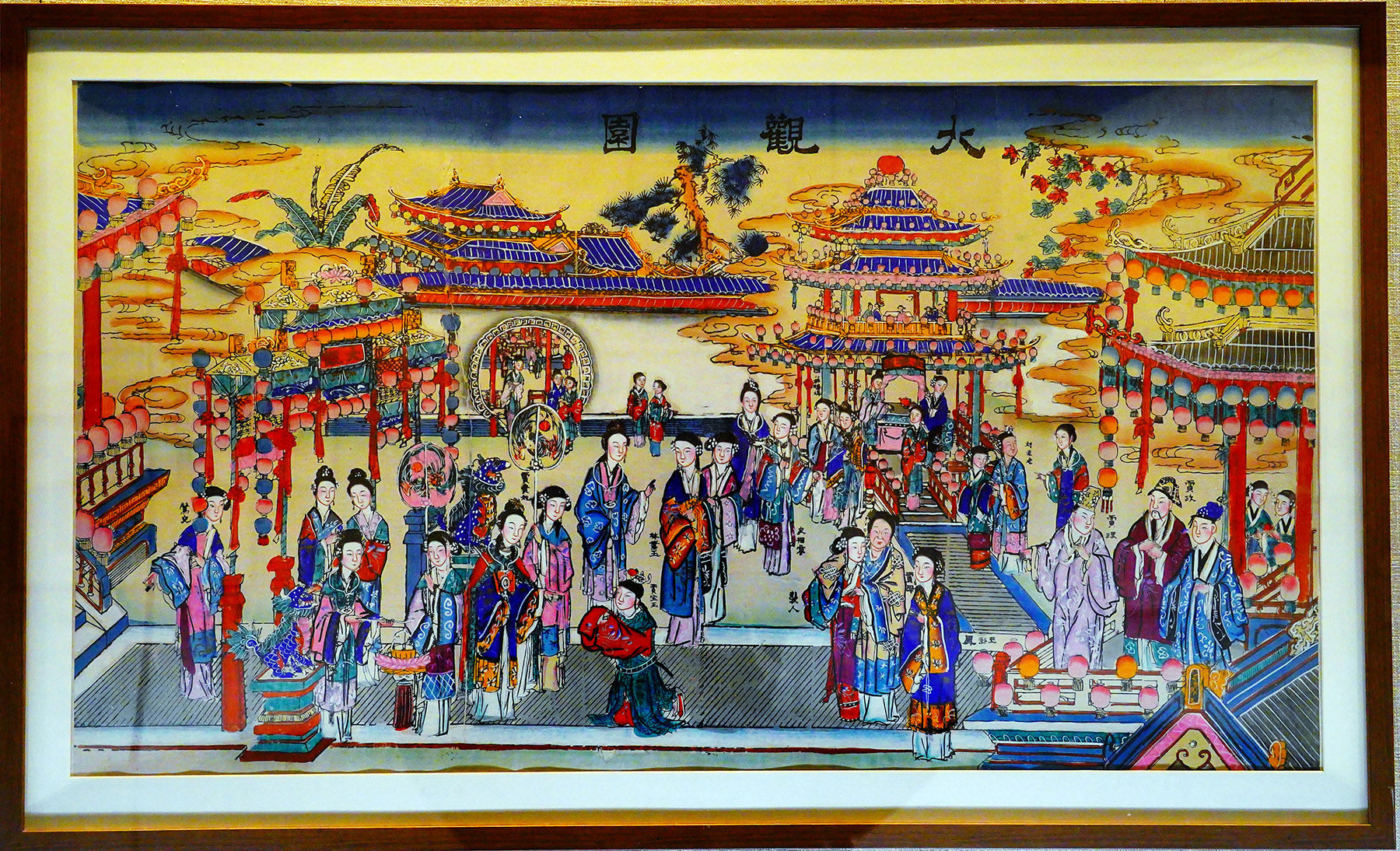
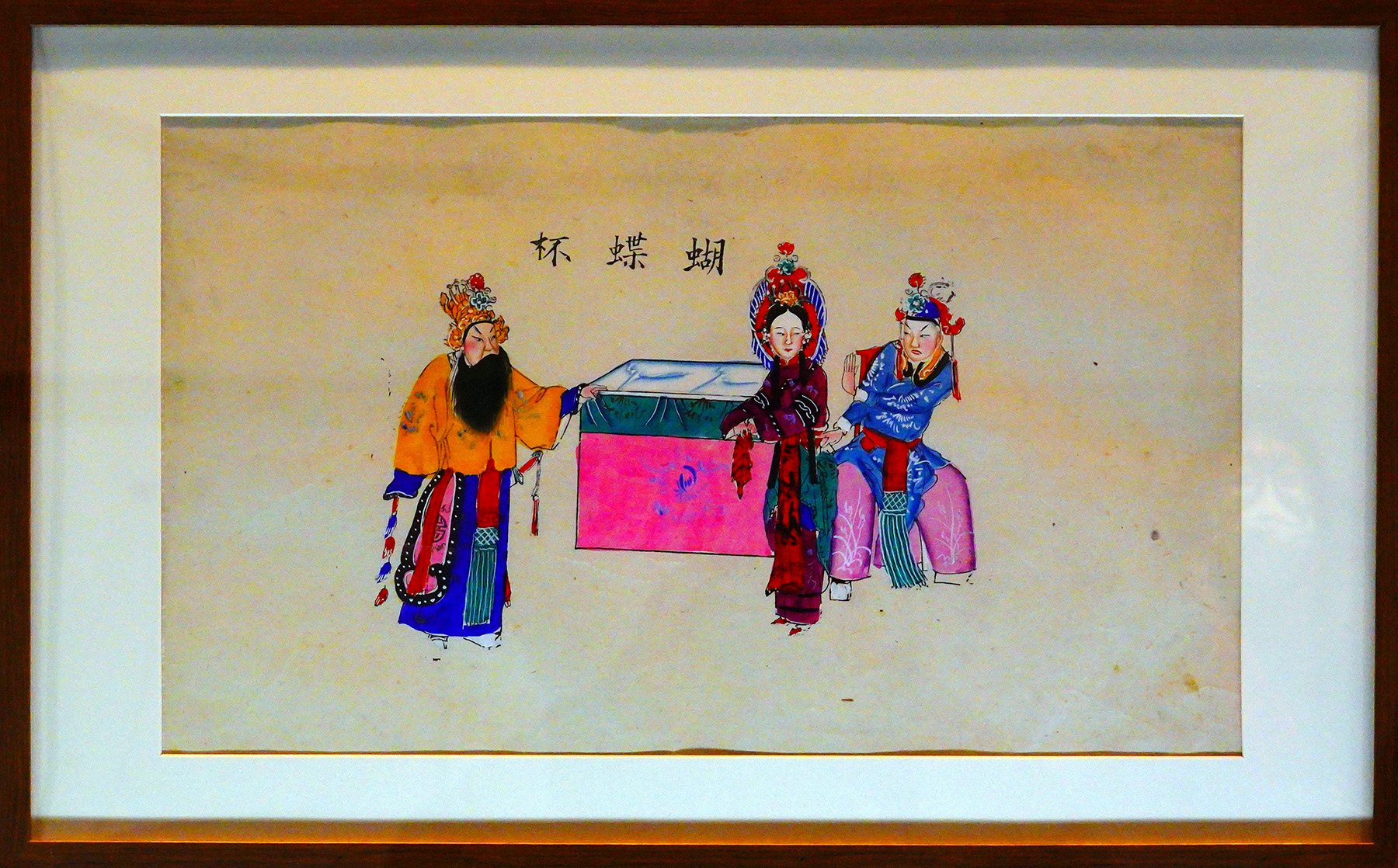
To fully convey her elegance, the late Qing Dynasty painting makes use of soft colors and delicate lines, with gold powder used to pick out her jewelry, buttons and pipe, Sun says.
By way of contrast, New Year woodblock prints from Wuqiang county, which are an item of national intangible cultural heritage, are known for their rustic aesthetic.
In addition to this exhibition, the Capital Museum and its east branch, the Grand Canal Museum of Beijing, have plans for a further 11 exhibitions this year. These will highlight efforts to trace the origins of Chinese civilization, exchange and mutual learning between world civilizations, and Beijing culture, according to Tan Xiaoling, deputy director of the Capital Museum.
With this year marking the 35th anniversary of the establishment of diplomatic relations between China and Singapore, Tan says the Capital Museum plans to work with Singapore's Peranakan Museum and Asian Civilisations Museum on co-hosting an exhibition from May to August on the material and spiritual legacies overseas Chinese have left in Southeast Asia.
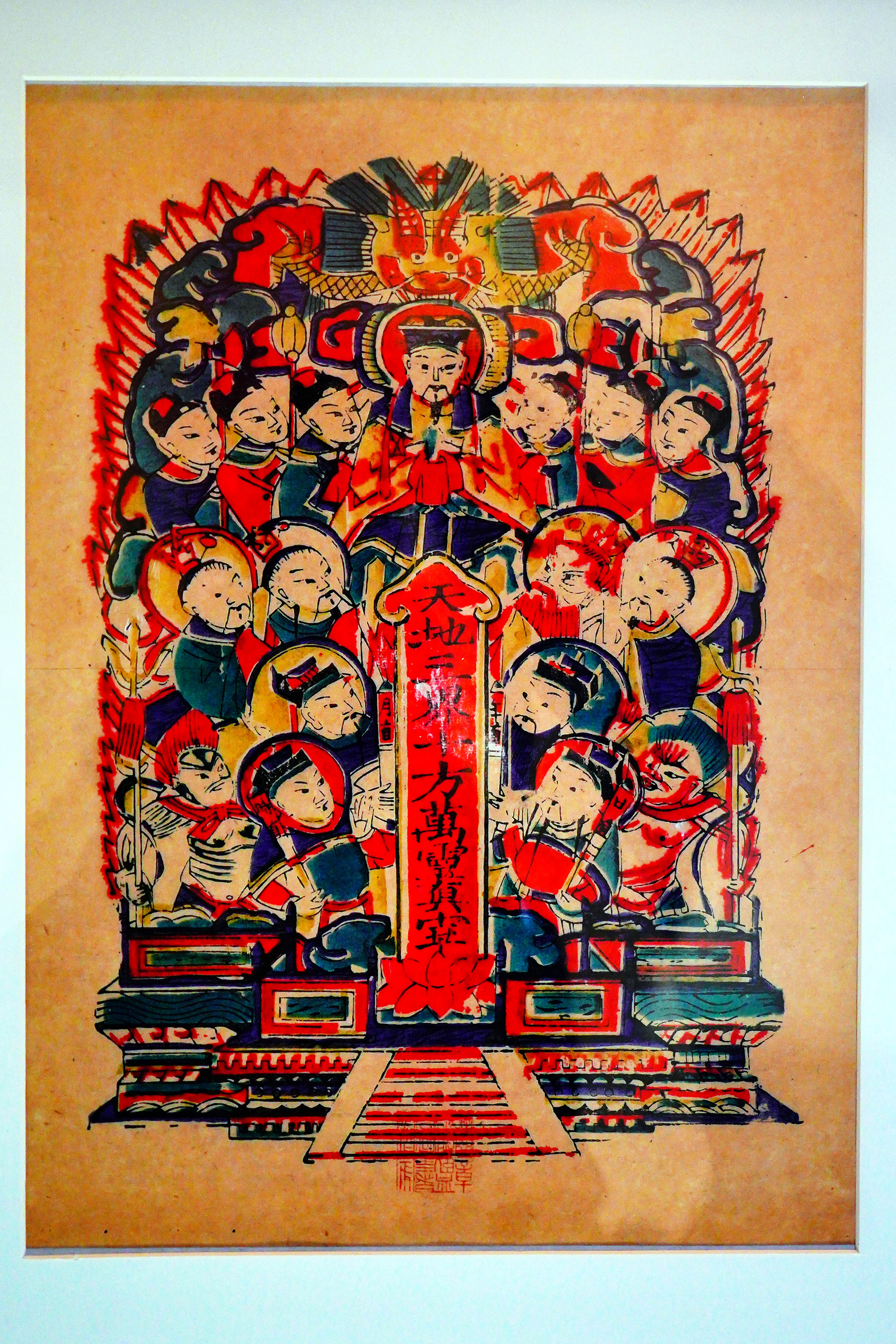
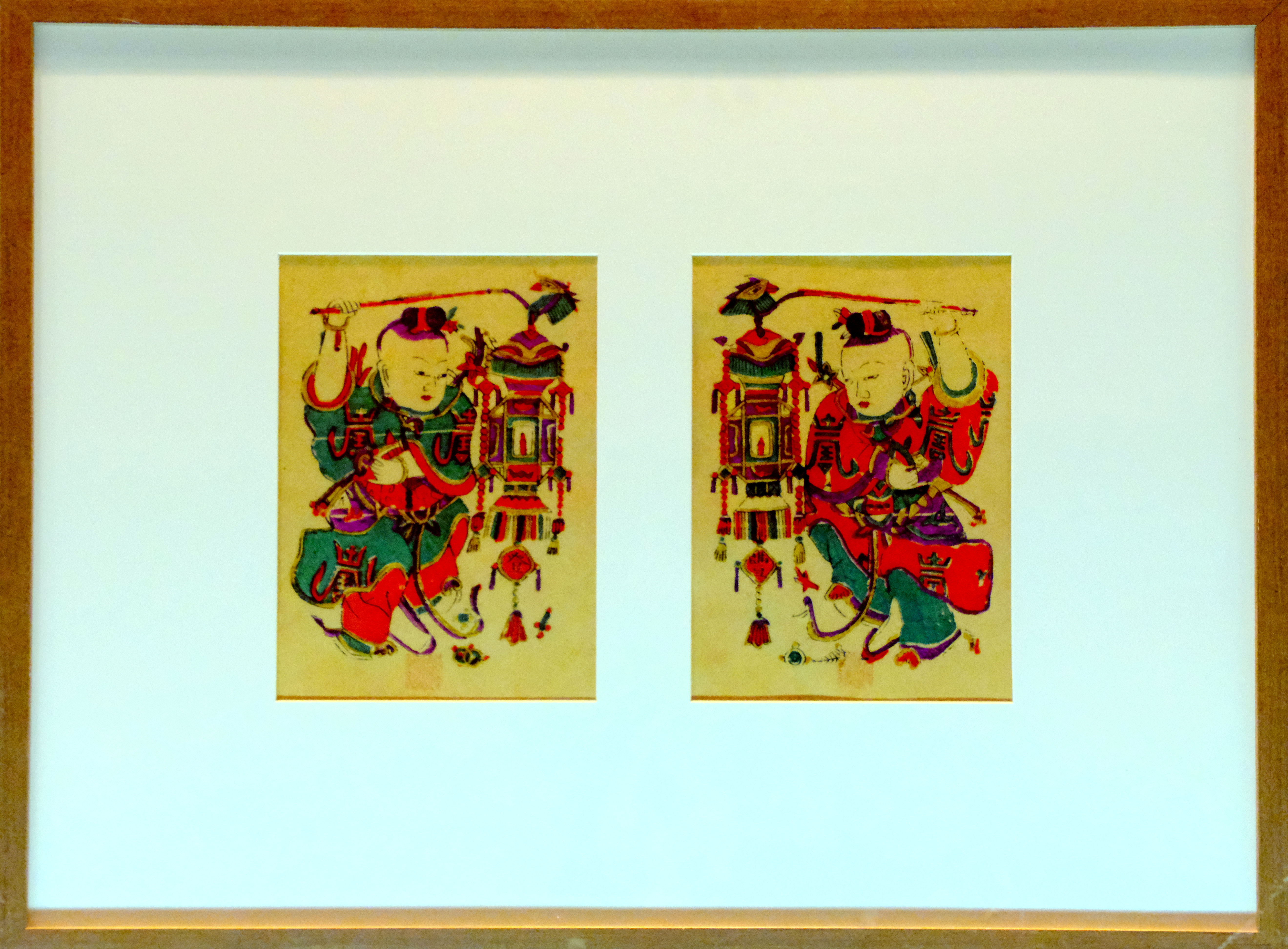
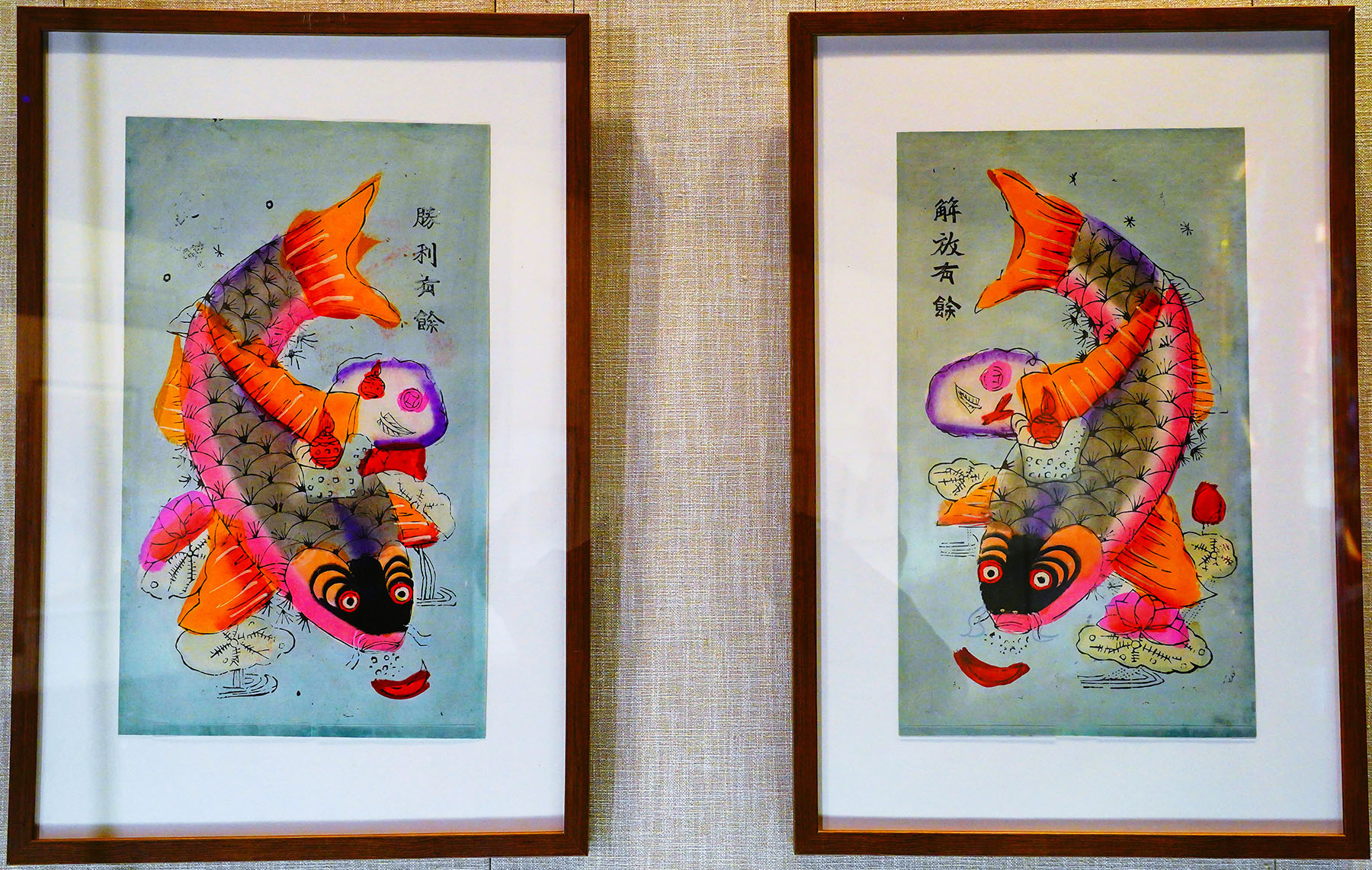
The Capital Museum will also exhibit gold artifacts from the collection of the Hong Kong Palace Museum from November to February 2026. Including gold pieces from the northern grasslands, the Central Plains, as well as the Qinghai-Tibet Plateau, the exhibition aims to present an overview of the development of gold craftsmanship over the course of 3,000 years and explore the historical role gold played in civilizational exchange.
ALSO READ: Creating of an eternal audience
From May to August, the Grand Canal Museum of Beijing will exhibit 300 artifacts unearthed from the 3,300-year-old Yinxu Ruins in Anyang, Henan province, where oracle bones inscribed with the earliest-known Chinese characters have been found.
According to Tan, the exhibition will be followed with another featuring artifacts discovered in two ancient shipwrecks in the South China Sea dating back to the Ming Dynasty.
Contact the writer at fangaiqing@chinadaily.com.cn


